Be Enlightened and Set Ourselves Free
On learning to live a happy life in the Land of the Thunder Dragon (3/3)
This is the last of a three-part personal reflection on my Impact Safari Bhutan experience! Feel free to read Part 2 and Part 3 if so inspired! 💜
When I studied pharmacy twenty-six years ago, the first thing we were taught was primum non nocere, the Latin phrase meaning “first, do no harm.” Safety is paramount in healthcare. I learned to be detail-oriented, meticulous, and always planning for the worst-case scenario. I was very good at my job, but I also became this impossible perfectionist who spent too much time and effort preparing for all the “just in case”.
When I embarked on my healing journey eight years ago, the first thing I learned was to create and sustain a sense of safety within. That I am safe. That I have enough. That it is okay to loosen my grip on life. Because we live in a world with interdependencies so vast and complex that cannot be comprehended by our mere human minds. All we can do is to be present, sense, and respond to whatever emerges flexibly in real-time.
When I journeyed through Bhutan a month ago, the first thing I noticed was the many things that would be deemed “unsafe” in the West. Like no traffic lights for cars and people; no guardrails on most mountain roads; minimal safety gears worn by construction workers; wild dogs wandering on the streets. Yet the locals seemed to be okay and relaxed with the way things were.
Since then, I have been pondering the concept of safety:
Maybe there is no such thing as absolute safety in life?
Maybe it is a mindset, that safety to some is danger to others?
Maybe it is a paradox, that too much safety is creating more risk?
Maybe the so-called safety measures are diminishing our innate senses, intelligence and resilience that are designed to keep us safe?
Maybe we are supposed to live daringly in the wild and not safely in a box?
“The cave you fear to enter holds the treasure you seek.” ~ Joseph Campbell
Day 7: Transmuting
Stepping inside the temple at Punakha Dzong, my eyes were awash by a sea of red, yellow and gold – and my whole body started to pulsate with this deep soundwave coming from the centre where a hundred monks sat and chanted.
I found a spot on the side to sit and listen with my eyes closed.
After a minute or two, I felt like “I” was disappearing, as if I was merging with everything in my surrounding. One moment I expanded and spread across the hall like the loud clang of the gong. The next I swayed like the flickering flame on the butter lamp. Then I turned into the golden light bouncing between hundreds of statues, before I became the incense ash on the waxy wooden floor. When the monks finished chanting, I felt my consciousness slowly settling back into my body.
I had never experienced anything like this before. Where tension, barrier and separation did not exist. Where everything was moving as one and whole. Where I was everything and nothing at the same time. In that moment, I realised I might have gotten a glimpse behind the door of enlightenment – with the body, mind and soul returning to their naturally pure, coherent state; with everything at peace and at ease; with nothing to hold, nothing to worry, and nothing to fear.
“Enlightenment is not about becoming divine. Instead it's about becoming more fully human…It is the end of ignorance.” There is nothing mystical or mysterious about enlightenment. ~ Lama Surya Das
Day 8: Reminiscing
We enjoyed a slow and easy day to explore the main town in Paro before the ultimate quest, hiking to Paro Taktsang (‘Tiger’s Nest’).
Everything here reminded me of Hong Kong where I grew up in the 80’s. Smell of car exhaust fumes mixing with that from underground sewages. Dark, messy general stores stuffed with too many aisles of dry food, canned food, snacks and sugary drinks. Multi-purpose pharmacies selling Western medicines, traditional remedies, and household supplies. Shoebox-sized Momo shop tucked in the alley way offering home-cooked deliciousness. I felt like travelling back in time, to a time when life was basic, simple, and enough.
As I was casually browsing shop after shop with our Bhutanese friends, a small mandala painting caught my eyes.
The mandala is basically a representation of the universe, a consecrated area that serves as a receptacle for the gods and as a collection point of universal forces. Man (the microcosm), by mentally “entering” the mandala and “proceeding” toward its centre, is by analogy guided through the cosmic processes of disintegration and reintegration. (Source: Britannica)
It reminded me of the first time I learned about the mandala, when I went to the Festival of Tibet with my father in April 2016. I was captivated by the monks’ focus, stillness and devotion. They layered countless grains of bright-coloured marble sand to create intricate geometrical patterns using a metal funnel (‘chak phur’) over seven days. At the end of the week, the sand mandala was wiped away in the Dissolution Ceremony. It was shocking and powerful to watch the coloured sand turning grey as the monks swept them to the centre, as if the mandala never existed. The sand was then dispersed into the river nearby as a blessing to all sentinel beings.
I remembered asking my father, “What’s the point of creating such beautiful art only to wipe it away?” And he said, “That’s the point. It shows us the importance of creating something beautiful and beyond oneself, committing and engaging fully in the process, and finally detaching from the outcome. Impermanence is the basis of life. Without it, there’s no life. Without it, we would be stuck with the same karma forever. Don’t fear impermanence – embrace it.”
Day 9: Pilgrimage
It was just before 7am when we arrived at the basecamp of Paro Taktsang (‘Tiger’s Nest’), a sacred Buddhist temple complex that was built on the face of a 3120-metre cliff towering over Paro valley.
Our Buddhist teacher invited us to hike the first leg in silence, imagining ourselves going on a pilgrimage – to connect with the sacredness of the land; to examine our habitual ways of acting, thinking and feeling; and to purify the body, mind and soul.
“In Buddhism, the practice of going on pilgrimage is an extension of the basic idea that we are all pilgrims wandering through samsara until we recognize the true nature of reality and are enlightened.
A pilgrim is also a renunciant. A person who leaves behind the familiar, comfortable world, her habits and entrenched patterns of reactivity, and goes forth into groundlessness with the trust that there is something beyond these habitual ways of being and acting.
A pilgrim is a refugee. One who takes refuge in liminal spaces, in the unknown and unformed. Liminal spaces are defined as places of transition, waiting, and not knowing. It is in liminal space where transformation can take place, if we learn to wait, listen, and let it touch us.
Finally, a pilgrim is a devotee. A person who practices to see the sacred in every experience, every place, and in everyone she meets—even in obstacles and hardships that may arise.” ~ Lama Elizabeth Monson, Pilgrimage Unbound
Unlike the first hike in Thimphu, I felt a sense of anticipation and curiosity about this one. I knew the hike would be challenging and also satisfying. I looked forward to discovering what awaited ahead.
I walked slowly at my own pace, soaking in the sun’s orange glow and warmth, enjoying the softness of pine needles on the ground, and saying hello to spring flowers and native birds. For the first time in a very long time, I was fully present in the body, starting to notice subtle signals surfacing in the solar plexus, travelling up to the heart, and finally landing at the back of the head. Surprisingly, I did not think much of them during the hike, as if my mind decided to take a break and let my body do what it did best – carrying my soul through this journey safely.
On arrival at Paro Taktsang, I noticed the energy shifting, from lightness to seriousness, that I could not help but straightened my back and quietly chanted “Amitabha” as I climbed the stairs to enter the monastery. I made my way slowly through the interconnected temples and caves one by one, doing prostrations and making money offering. When I got to the last temple, I felt a bit lightheaded (which I thought it might be dehydration). Then all of a sudden, my eyes welled up and I started crying. Just like what happened during my stay at Mendegang Heritage Home. Once again, I did not ask why or what triggered the reaction. I simply let my body hold my soul through all the emotions that I had not allow myself to feel for decades. Drenched in tears, I made one last offering by lighting a butter lamp – to honour my late father, my families, my friends, everyone with whom I have crossed paths, and last but not least, myself.
Day 10: Closure
We reluctantly packed our bags and said goodbye to our Bhutanese friends. At the airport, I bought The Joy of Living: Unlocking the Secret and Science of Happiness to read on my way home. I highlighted many quotes which I felt described many of the realisations I had in Bhutan – and here is the one I resonated with the most:
“Let your own experience serve as your guide and inspiration. Let yourself enjoy the view as you travel along the path. The view is your own mind, and because your mind is already enlightened, if you take the opportunity to rest awhile along the journey, eventually you’ll realize that the place you want to reach is the place you already are.” ~ Yongey Mingyur Rinpoche
I am running out of words to say about Bhutan. Language is reductive and my words barely touch the surface of this profound, life-changing experience. I travelled to this small, landlocked country without much expectation and returned home with a sense of calm, clarity and courage, and my intentions fulfilled. I have learned that the path to happiness is simple and easily attainable, through stillness, slowness, mindfulness and kindness, and also through cultivating meaningful relationships with ourselves, others, nature, and the divine.
Every day I think of this beautiful country that stays true to its values and dares to do things differently to prioritise happiness and wellbeing for all. The path of collective freedom and enlightenment may seem and feel difficult, but it is important and worthwhile that we do our best to get there.
What a blessing to be alive as human in this time on this planet.
Thank you for reading the last of the three-part personal reflection on my Bhutan trip! Feel free to read Part 1 and Part 2 here if so inspired.
Much love and gratitude to my friends for holding me steady on this journey 💜


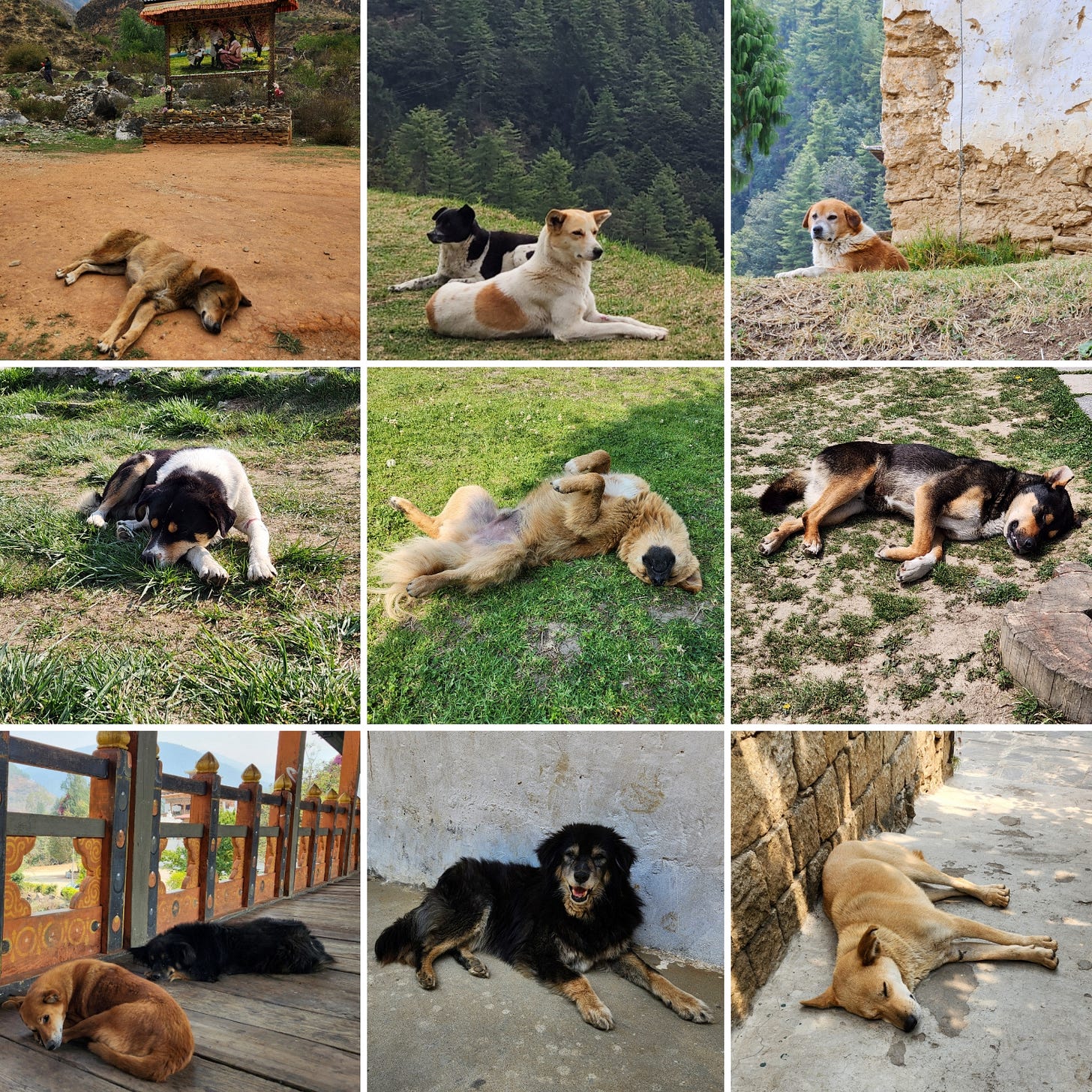
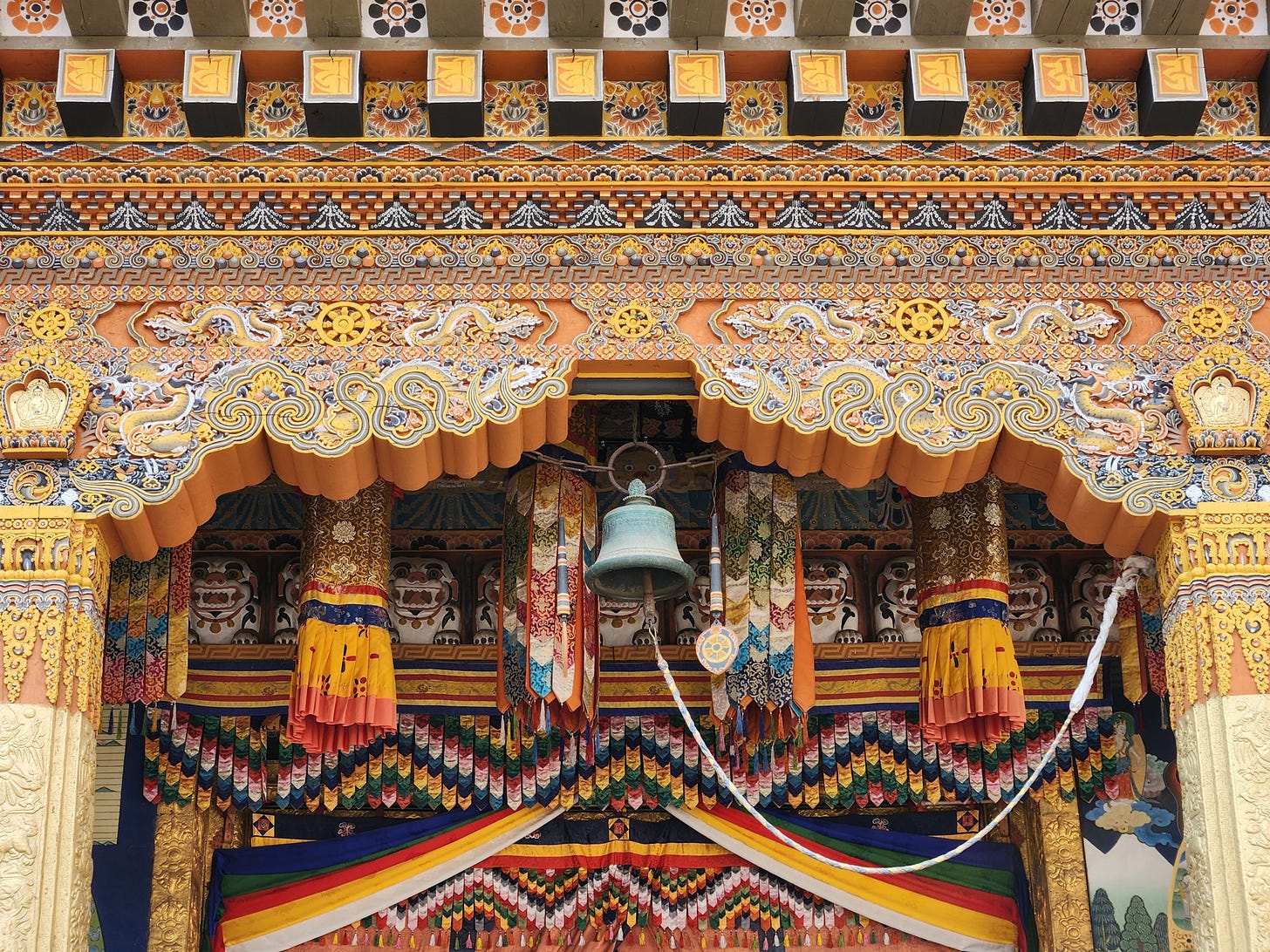
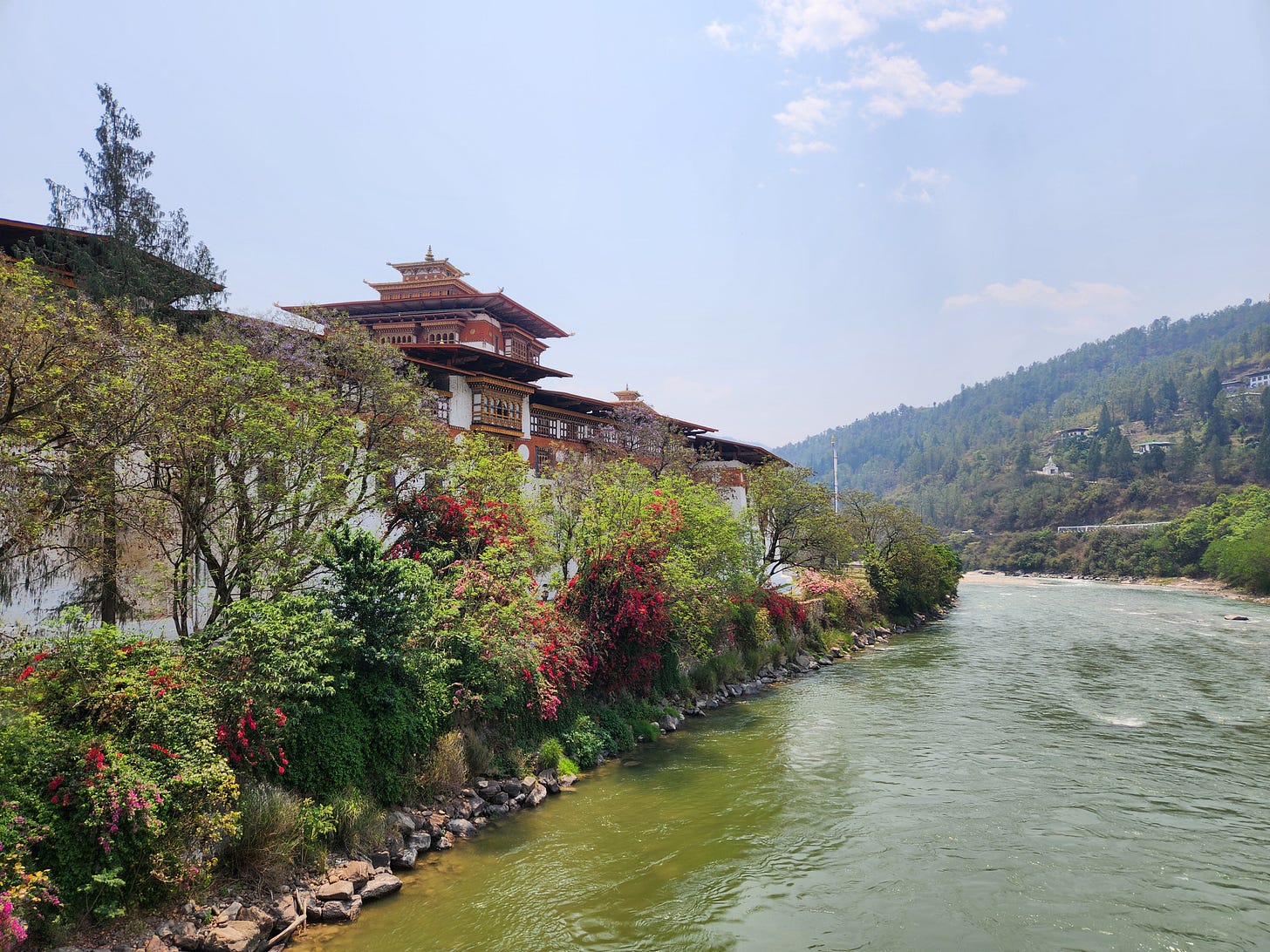

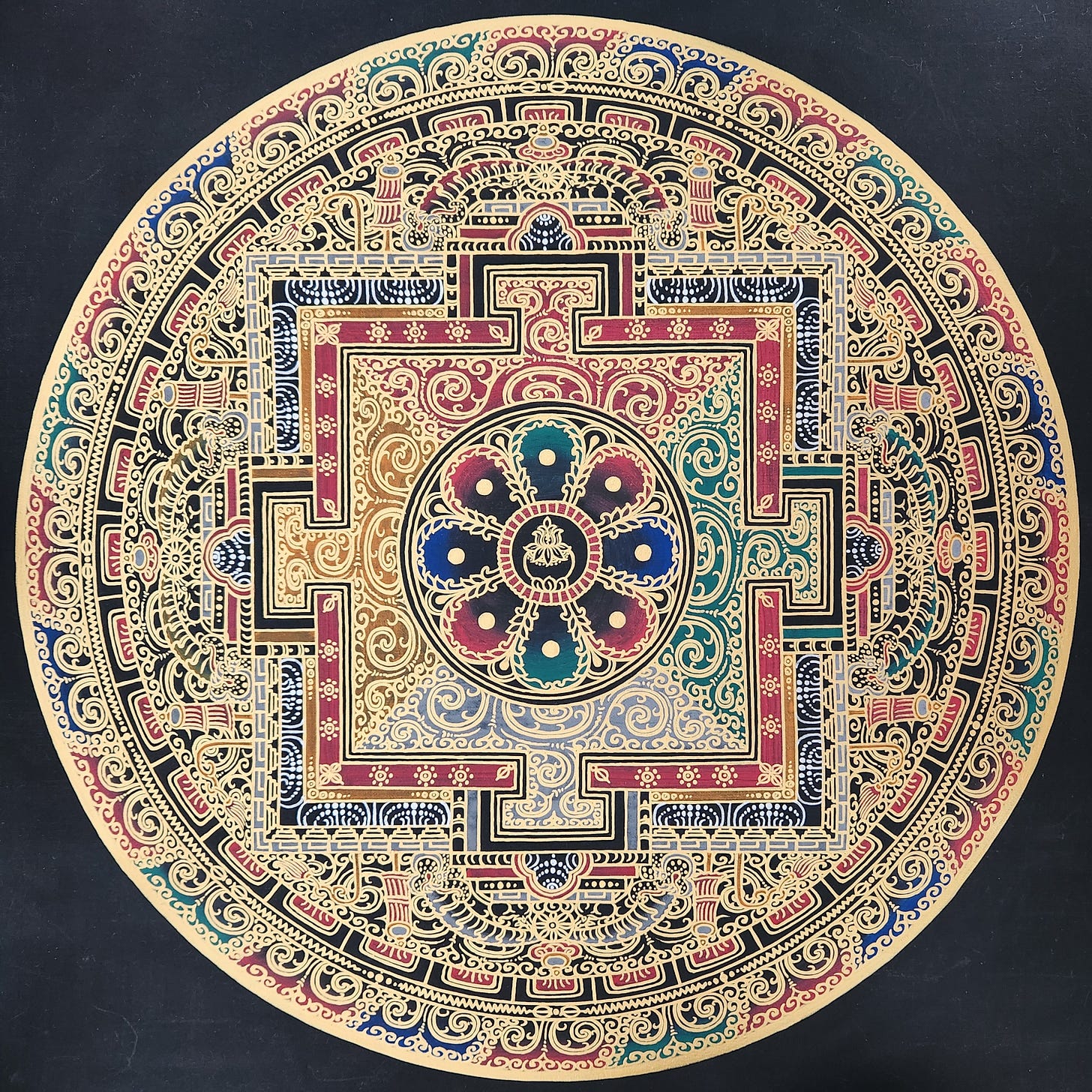
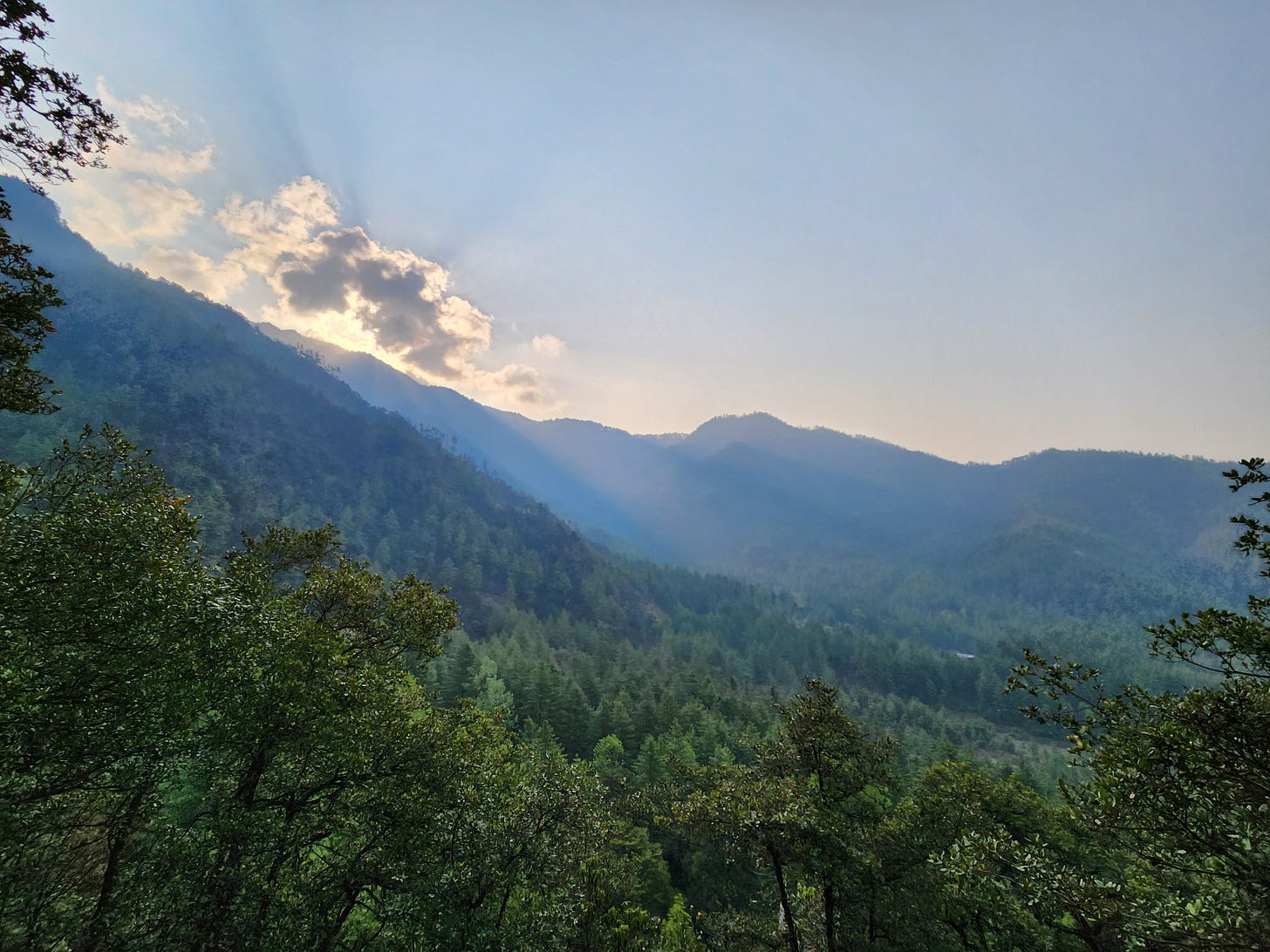
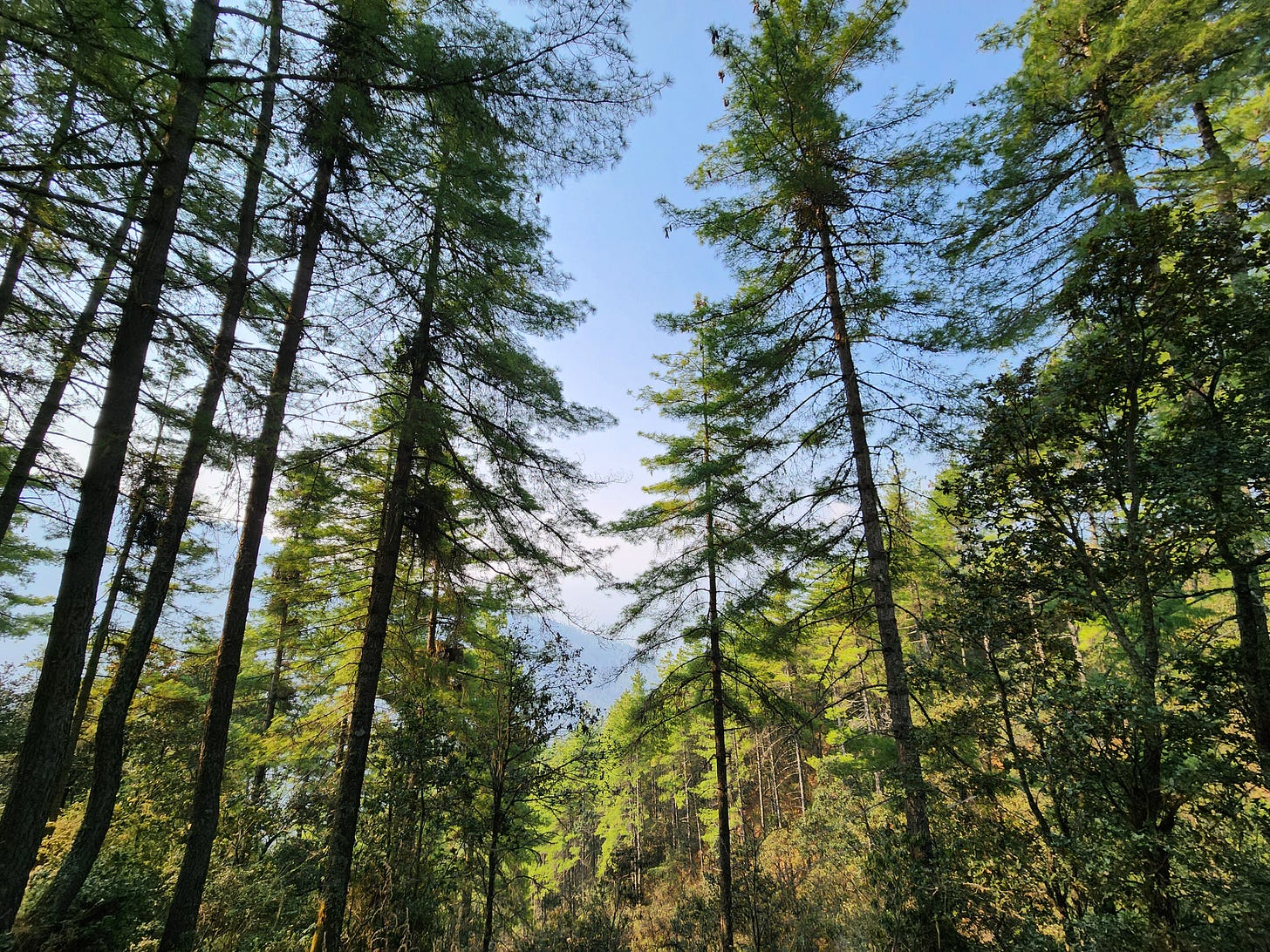



Thank you for sharing your journey. The lesson your father gave you on impermanence brought me to tears—a special gift that you get to carry in this life.
I also love the dogs of Bhutan tribute!! They are so cute.
It brings me joy to journey through these experiences with you through your words! You portray it beautifully in a way that leaves me wanting more.
Bonnie. I have enjoyed this 3 part series. THnka you.